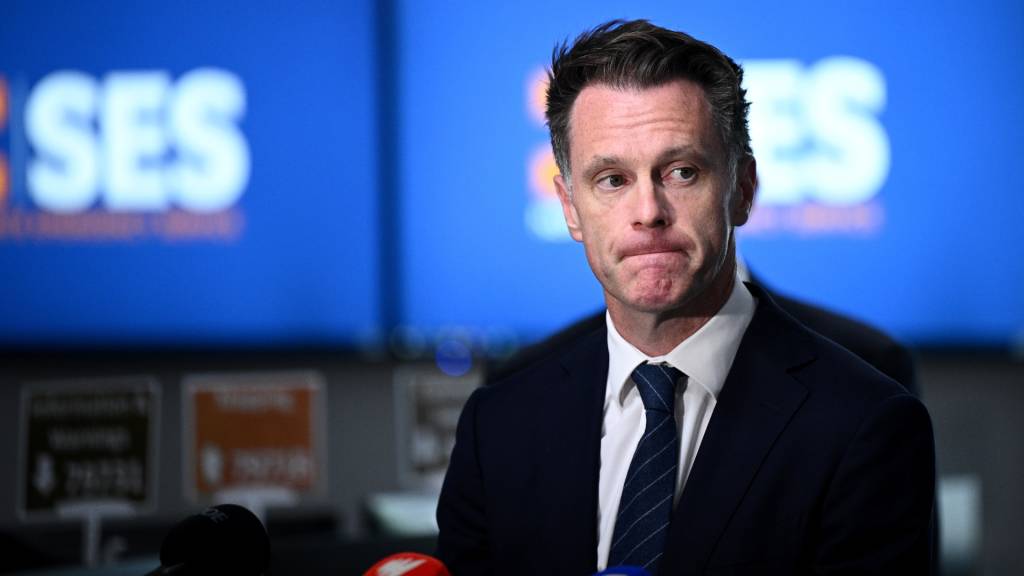The retrenchment bodycount of the Minns government’s public sector crackdown has soared to 1,515 jobs in just a fortnight, after unions revealed another 300 positions “critical to flood plain mitigation, dam safety, and water quality testing” would go at WaterNSW.
In a series of downsizing measures not publicly foreshadowed in the recent state budget, multiple agencies have begun letting go of thousands of staff, prompting key unions to question whether vanity spreadsheets have blinded the Minns government to critical outcomes.
Pre-election budgets are a curse for first-term governments. Money has to be saved for next-term promises, with often long-running, effective, and sensible programs bled out to fuel previous and future electoral candy.
The kicker this time round is that disaster relief and mitigation remain high on the list of hungry policy demands and political priorities, as they did at the last election, which prompted a change of government. The policy pressures have remained constant even though the electoral tables have turned.
“This comes on top of an announcement last week by the Department of Primary Industries and Regional Development that 165 jobs would go even though they are vital for natural disaster response and in controlling pests like fire ants and varroa mite,” the NSW Public Service Association said in a statement conspicuously issued at NSW parliament’s ‘Tree of Truth’.
Essential reading for Australia’s public service.
Stay ahead of policy shifts, leadership moves, and the big ideas shaping the public service. Sign up to The Mandarin’s free newsletters.
By continuing, you agree to our Terms & Conditions and Privacy Policy.
The press conference was a triple-header, with NSW Public Service Association general secretary Stewart Little flanked by the NSW Australian Services Union’s secretary Angus McFarland and Unions NSW secretary Mark Morey.
If the rhetoric around so-called frontline jobs vs backline jobs appears to be wearing thin, it’s probably because it is.
And while the 6pm commercial news bulletins might eschew the value and pleas of administrative workers, like the ones that pick up crisis line phones, that doesn’t mean a wave of blowback isn’t coming post-reset.
“This decision to cut hundreds of essential water jobs is a devastating blow to the workers and the communities they serve each and every day. It’s outrageous that WaterNSW is slashing hundreds of jobs at a time when their expertise and labour have never been more essential,” said Australian Services Union NSW & ACT secretary Angus McFarland.
“With climate impacts escalating, it’s hard to see how a state-owned corporation can justify cutting the very jobs that protect our water and communities.”
And then there’s the other cuts.
Like the “approximately $279 million from internal labour savings” now expected to flow from the proposed job cuts, according to verbal briefings provided to the PSA that were previously touted as worth more than half a billion, the employee representative has asked for this in writing.
The question now is how many more job cuts will flow following the state budget. The answers will come because of obligatory consultation and disclosure.
The question begs: Why try to cover inevitable bad news?

